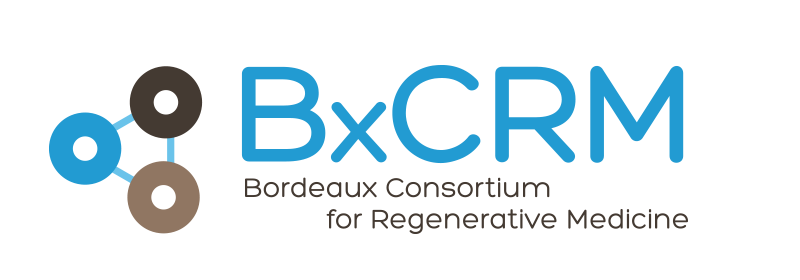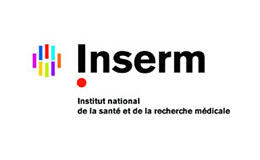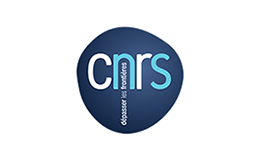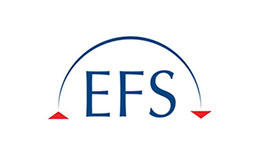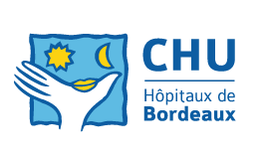19 Mai – (Conférence) Masaharu Takigawa, D.D.S., PhD. Department of Biochemistry and Molecular Dentistry, Okayama University Graduate School of Medicine, Japan
11 h Salle de conférences de la Plateforme Génomique Fonctionnelle
"Roles of CCN proteins in skeletal growth, homeostasis and regeneration”
Masaharu TAKIGAWA Department of Biochemistry and Molecular Dentistry, Okayama University Graduate School of Medicine, Dentistry and Pharmaceutical Sciences 2-5-1 Shikata-cho, Kita-ku, Okayama 700- 8525, Japan
http://ccnsociety.com/about_the_iccns/member_m_takigawa.html
We have shown that CCN family member 2 (CCN2), also known as connective tissue growth factor (CTGF), is an endochondral ossification genetic factor that has been termed “ecogenin”, because in vitro studies revealed that CCN2 promotes the proliferation and differentiation of growth-plate chondrocytes, osteoblasts, vascular endothelial cells and osteoclast precursor cells, all of which play important roles in endochondral ossification. For confirmation of this “ecogenin” hypothesis, transgenic mice over-expressing CCN2 in cartilage were generated. The results proved the hypothesis; i.e., the over-expression of CCN2 in cartilage stimulated the proliferation and differentiation of growth-plate chondrocytes, resulting in the promotion of endochondral ossification. In addition to its “ecogenin” action, CCN2 had earlier been shown to promote the differentiation of various cartilage cells including articular cartilage cells. In accordance with these findings, cartilage-specific overexpression of CCN2 in the transgenic mice was shown to protect against the development of osteoarthritic changes in aging articular cartilage. Thus, CCN2 may also play a role as an anti-aging (chondroprotective) factor, stabilizing articular cartilage.
For future clinical application, it is important to discover a more robust and effective CCN2 derivative to induce regeneration because it is difficult to prepare large amount of stably active full length CCN2. Therefore, we next investigated the effects of the 4 modules composing CCN protein independently and their combinations on chondrocytic cells in vitro and damaged cartilage in vivo, especially in relation to full length CCN2. Interestingly, combination of all 4 modules redeemed the effect of intact CCN2 in vivo. Next, the thrombospondin 1 type 1 repeat module (TSP1), which was found most promising in the experiments in vitro, and the combination of 4 modules were forwarded further to in vivo confirmation using 2 rat osteoarthritis (OA) models. As a result, TSP1 modules displayed more prominent regenerative effects than intact CCN2 on damaged cartilage. Unexpectedly, the combination of 4 modules showed limited effects in vivo. These results indicate the utility of TSP1 in the regenerative therapeutics of OA.
Another approach to target CCN2 for OA therapy is up-regulation of gene expression of CCN2 in articular cartilage. As a non-invasive treatment, we chose low-intensity pulsed ultrasound (LIPUS). LIPUS treatment promoted gene expression and protein production of CCN2 and expression of aggrecan and collagen type II, which are two major cartilage matrix components, in cultured normal chondrocytes, but not those in ccn2-deficint chondrocytes. LIPUS treatment also stimulated gene expression of CCN2 in articular cartilage in vivo, strongly suggesting that the treatment is useful for OA therapy.
In addition to CCN2, CCN3 is also important for homeostasis of articular cartilage. We recently discovered that CCN3 is expressed by articular chondrocytes in normal rat knee, whereas it is rapidly down-regulated in osteoarthritic knees. In vitro, exogenous CCN3 increased the proteoglycan accumulation, the gene expression of type II collagen, tenascin-C and lubricin, as well as the protein production of tenascin-C and lubricin in articular chondrocytes. Administration of CCN3 into joint cavity in rat monoiodoacetate (MA)-induced OA model maintained tidemark integrity and lubricin-covered smooth surface of articular cartilage. The potential utility and precautions of CCN2 and CCN3 as future therapeutic agents and possible strategies to improve their therapeutic functions are also discussed.
Invitation : Muriel Cario-Andre - Inserm U 1035
